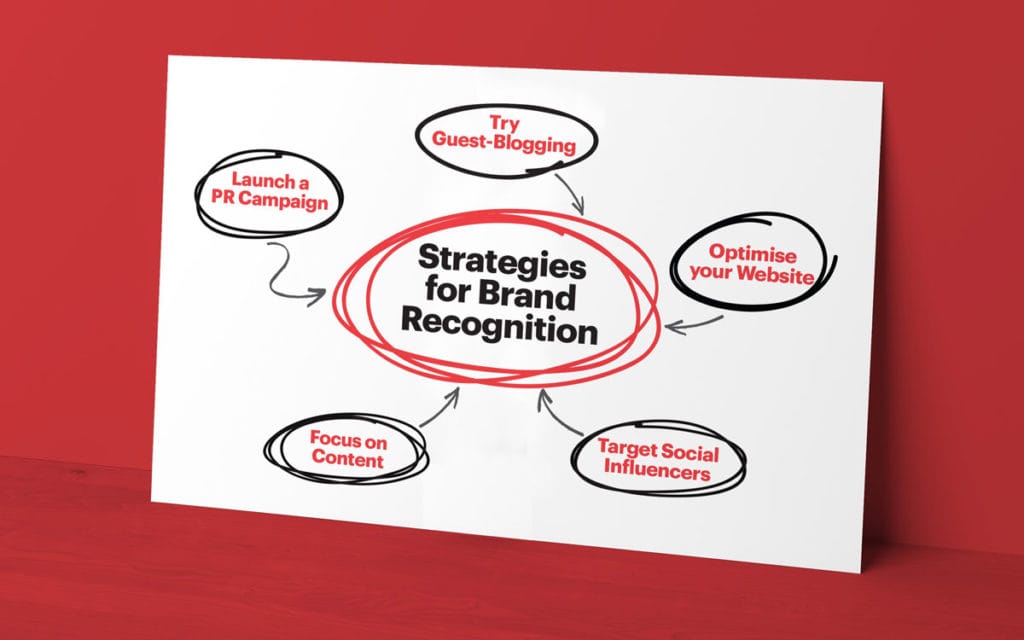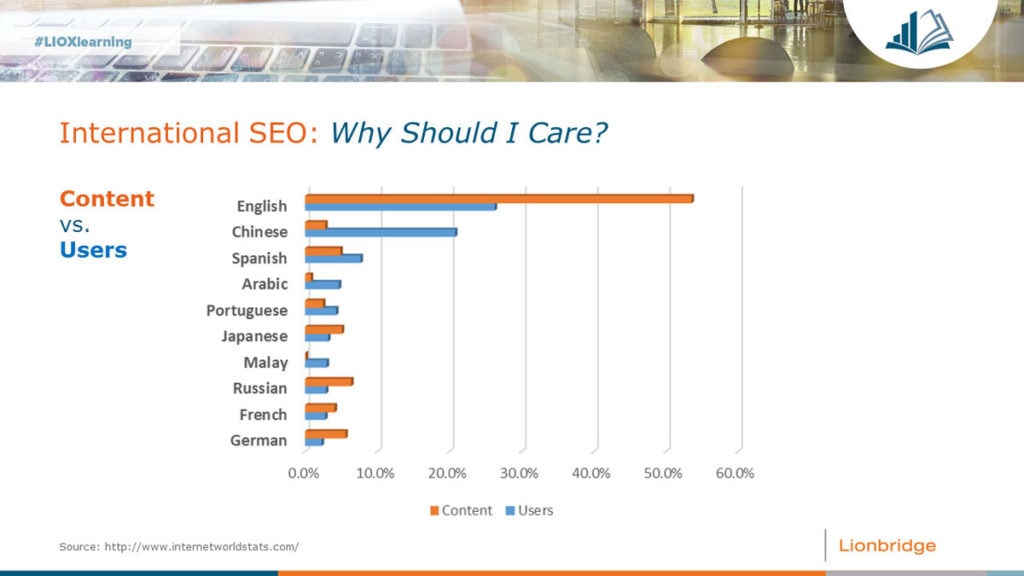
01 Jun Search Engine Marketing Trends for 2020
Search Engine Marketing Trends for 2020
Forty thousand searches are made every single second. In February of 2020 alone, Google counted over 74 billion visits to its search site, and that number has been steadily increasing for years.
And with more than 100,000,000 GB of data stored on Google, it’s not surprising why so many people choose the search engine for finding what they’re looking for.
Those are just a few facts that show just how powerful the search engine has become, and why consumers and businesses alike are becoming more reliant on it every day.
While those numbers are fascinating on their own, they have savvy marketers reeling from the sheer number of possibilities behind them.
The number of people using Google to search for products and services is simply staggering, and many multi-million dollar businesses have been launched by leveraging the power of appearing at the top of the search for relevant keywords.
But with the ever-changing dynamics of search engine marketing trends, many companies find themselves struggling to break through and earn high ranking spots, as well as make their paid search campaigns profitable.
Competition is increasing every year, and finding strategies that deliver results takes more time and effort than ever before. That’s why keeping up with the current trends in the SEM industry is crucial, as it’s the only way to ensure that you don’t fall behind what others are doing and don’t lose your rankings.
To help you figure out what to focus on this year, let’s explore some of the essential Search Engine Marketing trends for 2020 that you should be aware of.
Brand Recognition is Key

Most companies focus all their energy on attaining the top spots on Google rankings or paid searches, and that’s understandable.
Being at the top means more visibility, more clicks, and more prospective buyers. However, if that doesn’t translate to sales, you will be wasting your efforts and marketing budget with nothing real to show for it. And unfortunately, that’s precisely what can happen if you don’t take into account the importance of having a recognisable and trustworthy brand image.
When someone goes on Google to look for a product or service, they naturally gravitate towards the top results that appear first. But at the same time, people are looking for a company that they feel like they can trust.
If your ad or organic search result appears above Amazon, you would think that your site would have a better shot, right? But unfortunately, if the prospect is seeing your company for the first time, they are likely to be hesitant about buying from you when they can opt for a trusted giant like Amazon, Walmart, or any other brand that they know.
But how can you overcome this obstacle?
The good news is that if you can tap into your audience’s core needs, there are plenty of ways to get your brand in front of a large group of people and become known enough to be trusted.
Engaging your audience on social media, creating high-quality content that educates and informs, developing viral videos that familiarise people with your brand, and partnering with key influencers in your niche are all useful for supplementing your search engine marketing efforts and help people trust your company.
Using influencer marketing can be especially useful for companies that don’t have large marketing budgets and need to be very savvy when allocating their resources.
If you can find smaller influencers whose audiences overlap with your best prospective buyers, you could partner up for campaigns that immediately launch your brand into a much higher level of recognition, making prospects more familiar with what your company is about and providing an immediate boost to sales.
When you partner up with influencers and get them to link to your site, you are also contributing to your SEO efforts at the same time, which is just another benefit of why using it as part of your SEM strategy makes so much sense.
SEM is not going anywhere, but if you’re a smaller company and want to reap the benefits that it can offer, you are going to need to be more creative and supplement your SEO efforts with brand awareness campaigns targeted at the same group of people.
While this means more work initially, the benefits of these efforts are wide-reaching as well. When you know that your ideal customer is already familiar with your brand, gaining the top spot on Google is not as vital because they are likely to trust your brand more even if you have a less prominent place on the results page.
Take Advantage of Multilingual Possibilities

We are living in a global economy. Because of simplified shipping processes and the ability for even the smallest of companies to promote their products anywhere in the world, you are no longer limited to your region when trying to find new customers.
However, while English remains the primary language that most companies use, that can be limiting when dealing with non-English speaking countries. Buyers in these countries may be more likely to search for items in their language, which would automatically eliminate your site from appearing if you don’t target multilingual keywords in your niche.
Using translation tools to make your website available in multiple languages is a start. But even the most sophisticated translation tools will not be very accurate, sometimes producing hilarious results that do little in terms of persuading prospective buyers.
So, if you want to separate yourself from the competition and start growing your international audience, you should invest the time it takes to translate at least the core pages on your website into multiple languages.
That’s the only way to ensure that your messages have an impact and get people to trust your company.
You can implement SEO methods for non-English keywords just effectively. With competition likely being significantly lower, you may find that you’re able to rank for foreign keywords much faster.
You could even focus your attention on country-specific search engines, which are popular in some of the larger countries in Europe, as well as China. This can provide added exposure and give you a unique edge over the competition that will be limited to the audiences that use Google.
No matter where you are located, there’s no reason why you should limit yourself to only one country or region, especially if you know that you can offer a valuable product anywhere in the world. While this may not be applicable in all situations when dealing with more exclusive products or selling digital solutions, pursuing harder-to-reach audiences might be the fastest and most profitable way to propel business growth.
Featured Snippets Are a Top Priority

Featured snippets are one of the hottest talking points by SEO marketers and for a good reason. They serve as prime real estate on any rankings page, taking up the majority of the screen and increasing the click-through rate significantly, with around 8% of all clicks going to the featured snippet result.
What might be even more critical is that featured snippets allow you to provide valuable information to your audience, including specific answers to their questions, which instantly positions you as an authority and invites them to check out more of what you have to say.
Whether it’s list-type items, definitions, or even tables or graphs, featured snippets offer savvy mark many opportunities for making their SERP result count and maximising the attention that your website can draw.
The problem is that even though featured snippets are incredibly useful, that fact is not a secret to anyone.
You can be sure that every single website you’re competing with has the same goal of snagging that coveted spot at the top of the page, so you will often have to be very thorough about optimising your page if you want to have a chance to outmanoeuvre everyone else.
And the truth is, even the experts aren’t always exactly sure what can provide an edge, although there are guidelines that you can follow.
For one thing, the absolute majority of results that get picked for featured snippets were already on the first page for the search term, with 30% having the first spot, 23.5% having the second-highest spot, and 16% being placed third.
That means that before you can even start working on achieving a featured snippet spot, you will need to do the work necessary to climb to the first page, preferably to the top places.
Another thing you should focus on is making your content as conveniently structured as possible. That means clear headings, list-type structure, and logically answered questions that can be used as a short but information-packed featured snippet by Google.
It would be best if you were very strategic about how you pursue featured snippets. Look at the spots that are currently occupied by your competitors and carefully analyse them, identifying the keywords they use, the layout, and other elements that you can mimic and improve upon to gain an edge.
Finally, the type of language that you use matters a lot as well. If you can tap into the thought process of the person typing in the search, you can structure your answers in a way that provides clear and easy-to-understand information, which is what Google is looking for when selecting the featured snippets as well.
What search engine marketing trends in 2020 have jumped out for you? Let us know in the comments below.



